Are you wondering what to see in Hanoi? Besides being the capital of Vietnam—and perhaps the starting or ending point of your trip through the country—this iconic city offers plenty of options to keep you entertained for at least a couple of days (the minimum time we recommend staying).

So go for it! Don’t miss out, and before continuing your adventure through Vietnam, take some time to enjoy this city. In addition to visiting fascinating museums, you’ll find yourself wandering through bustling shops and narrow alleys, captivated by its temples and ancient citadel. Below is a list of 15 must-see places in Hanoi—so take note!
There’s no better way to start your visit than by exploring the Old Quarter—for us, the must-see area of Hanoi. This neighborhood preserves the essence of Vietnam, concentrated in a labyrinth of winding, narrow streets filled with shops, hostels, and local food stalls.
It’s no surprise that many travelers choose to stay here, not only for the atmosphere but also for the affordable prices.
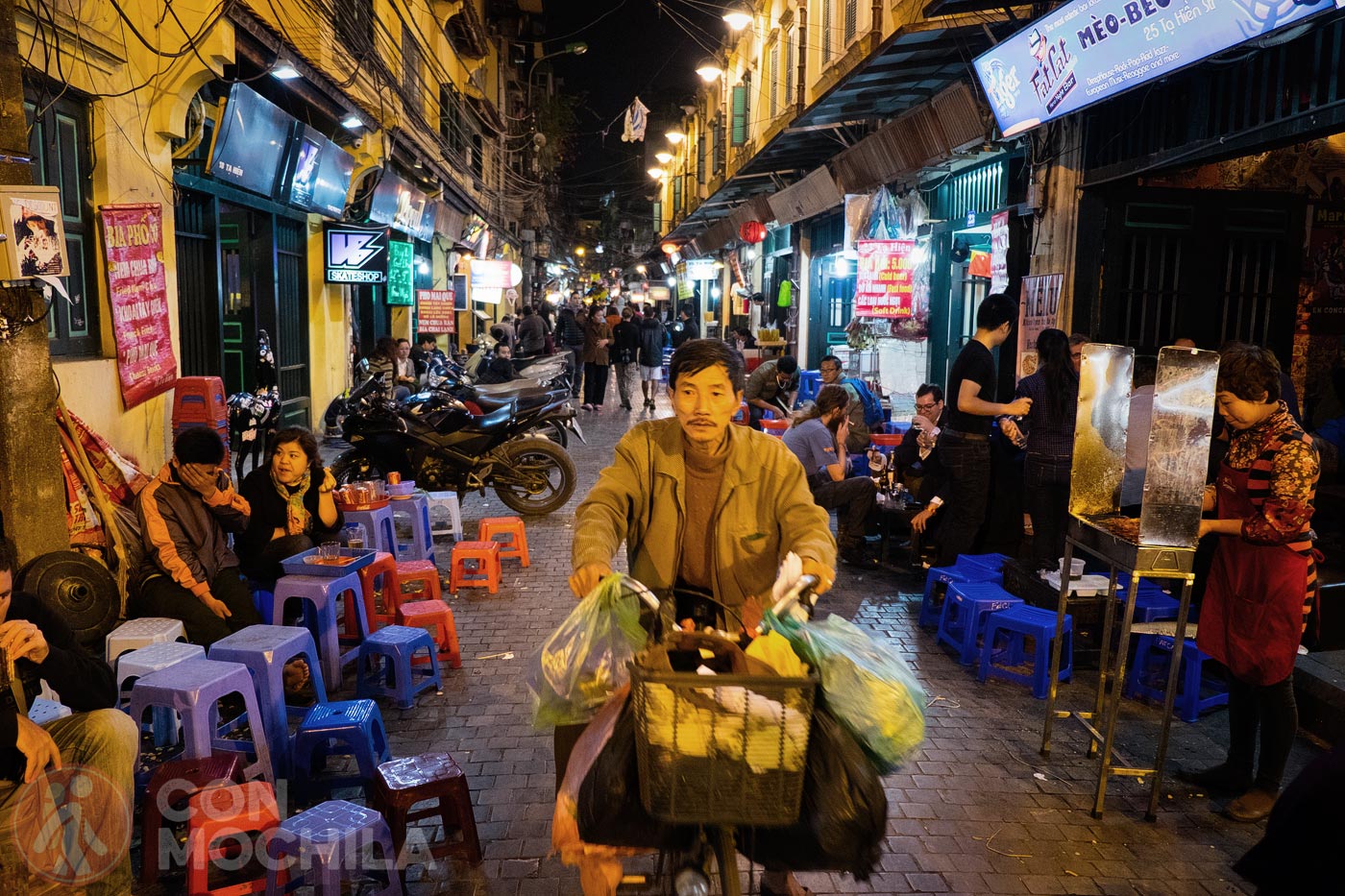
One of its unique features is that many of its streets are named after the products that were historically sold there when the area was home to merchants and artisans. This is why many street names begin with “Hàng,” which means “merchandise” or “shop.” Some streets still retain this characteristic today.
The Old Quarter is also a great place to learn how to navigate the chaotic streets full of motorbikes, following their own unwritten rules. And while you’re here, be sure to try Bia Hơi, Vietnam’s fresh daily-brewed beer—one of the cheapest in the world.
Hoan Kiem (Hoàn Kiếm) is a lively district of Hanoi, and its lake is one of its main attractions—a peaceful escape in a city overflowing with motorbikes and constant movement.
The name, which translates to “Lake of the Restored Sword,” comes from an ancient legend about Emperor Lê Lợi, who returned a magical sword to a sacred turtle after using it to drive the Chinese out of Vietnam.
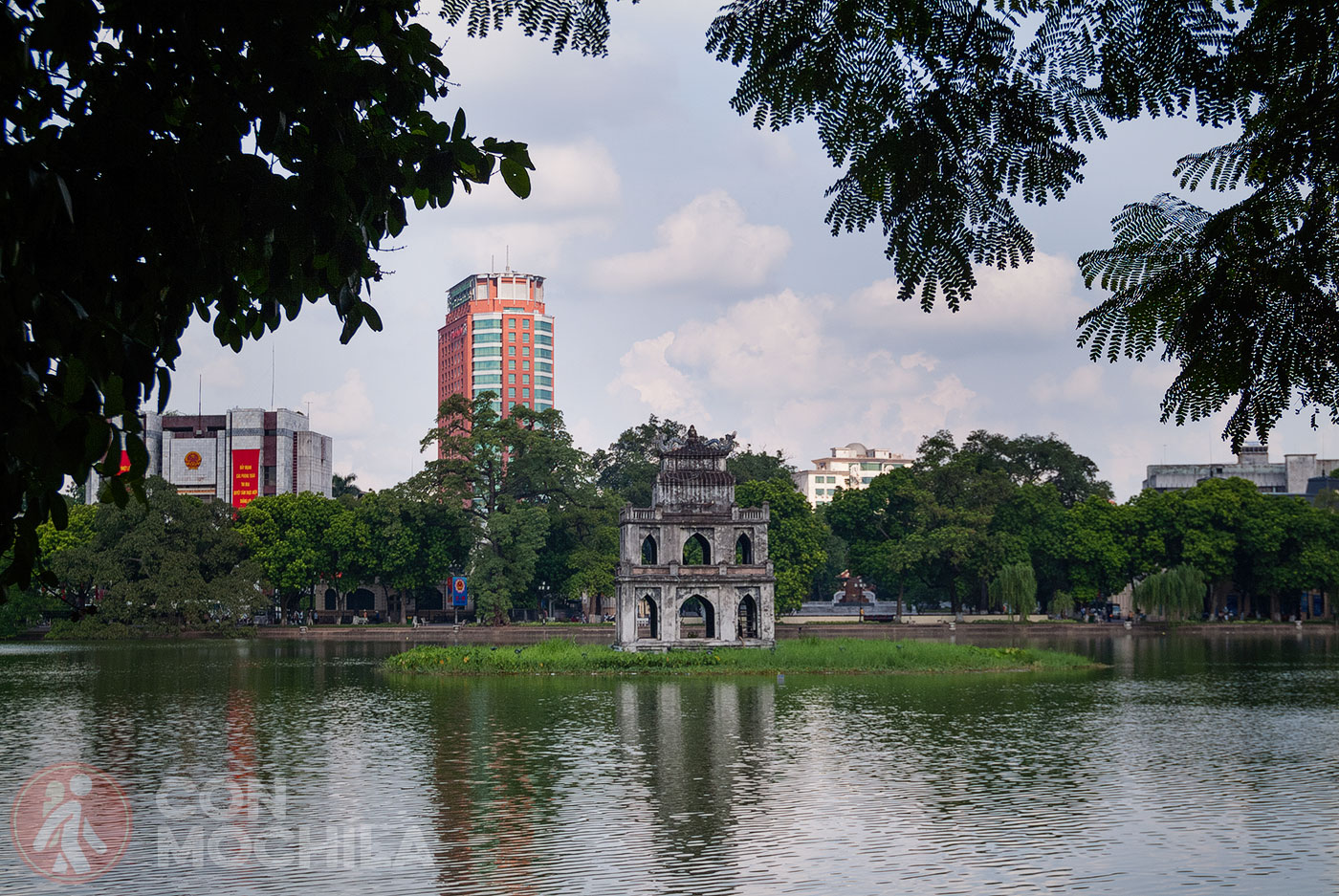
Legend aside, the area around Hoan Kiem Lake is full of life, especially in the early morning when locals gather to practice Tai Chi. Throughout the day, tourists stroll along its banks and visit the picturesque pagoda that sits on the water. It’s also a great spot to enjoy a cup of coffee, as the lake is surrounded by charming traditional cafés.
On weekend nights, the streets around the lake close to traffic, and the illuminated area transforms into a lively meeting point for locals, travelers, musicians, and artists.
One of the most emblematic and frequently visited places in Hanoi is the Temple of Literature (Văn Miếu), founded in 1070 by King Lý Thánh Tông.
Dedicated to Confucius, it also served as a university for centuries—the first in Vietnam. The university was established behind the temple, and initially, only princes and members of the royal family could study there. However, over time, it opened its doors to the country’s most outstanding students.
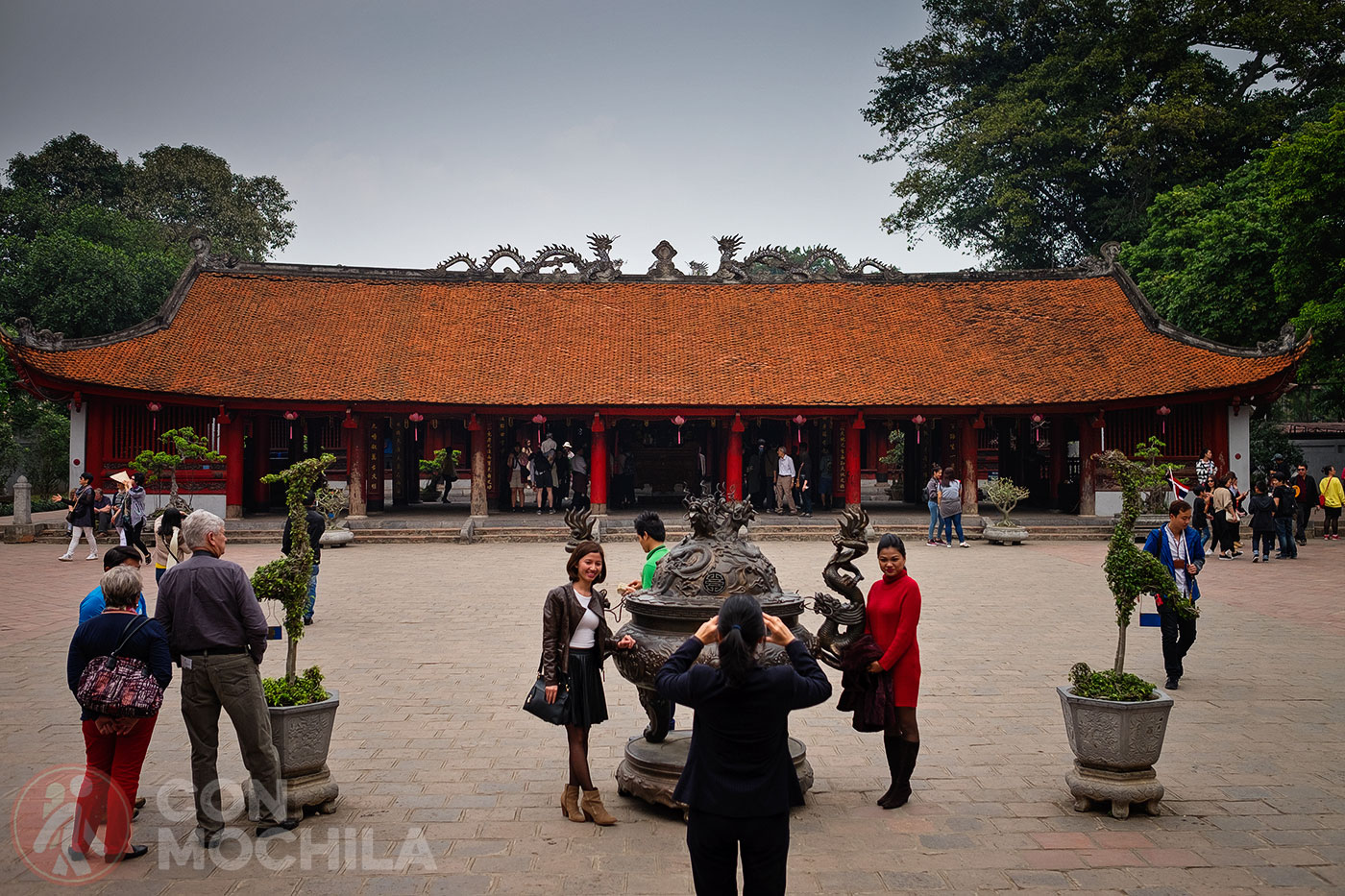
Few managed to complete their studies—only 2,313 students in 700 years of history—and those who did still hold the honor of having their names engraved on stone steles within the temple grounds.
The temple complex, often crowded with tourists and multilingual guides due to its popularity, consists of five courtyards featuring various buildings and altars.
The Hanoi Citadel (Hoàng Thành Thăng Long) was built in the 11th century by the Việt dynasty and was designated a UNESCO World Heritage Site in 2010.
Within the complex, you can easily spend a couple of hours exploring the palace, the bunker, traditional painting exhibitions, and even archaeological excavations.
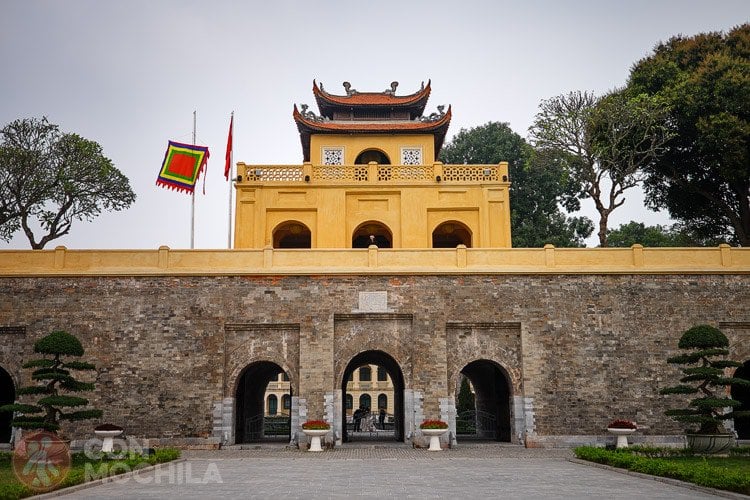
Additionally, it’s common to see couples using this iconic site as a backdrop for their photoshoots, an interesting sight!
Considered by some to be an essential traditional performance and by others a kitschy spectacle, the truth is that water puppetry has survived for centuries, continuing to attract large audiences today.
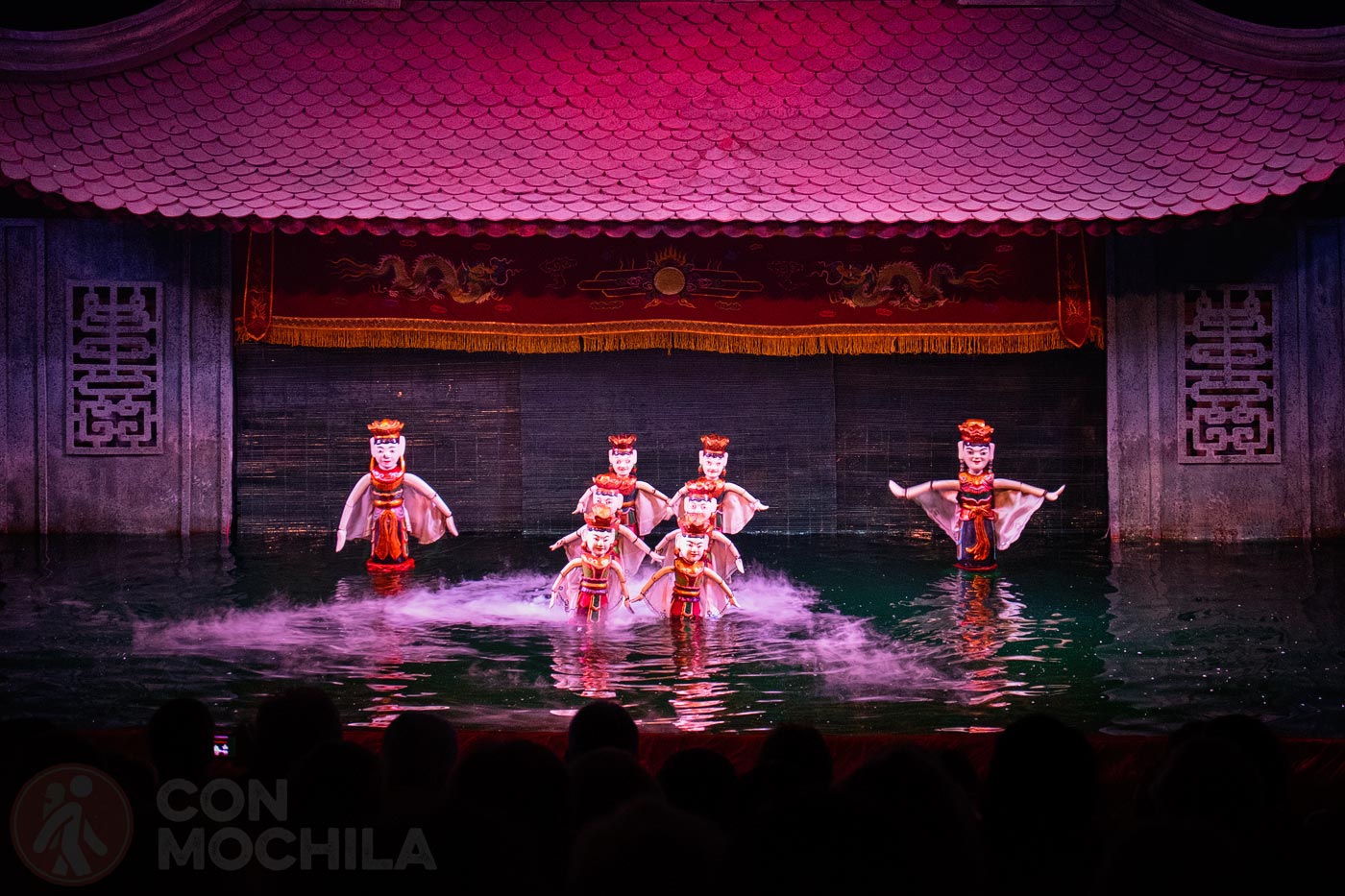
We’re talking about Hanoi’s water puppets—intriguing wooden puppets that float on water, performing scenes from traditional Vietnamese life, such as rice harvesting, fishing, and local legends.Their original name is “Rối Nước,” and it is believed that they were originally inspired by scarecrow-like mannequins that farmers placed in their flooded fields. Make sure to buy your tickets in advance, as the shows tend to sell out quickly!
Although only a small part of it remains today due to the construction of the Towers of Hanoi, Hoa Lo Prison, originally built by the French during colonial times to detain Vietnamese revolutionaries, was later used during the Vietnam War to imprison American pilots captured by Vietnamese forces.
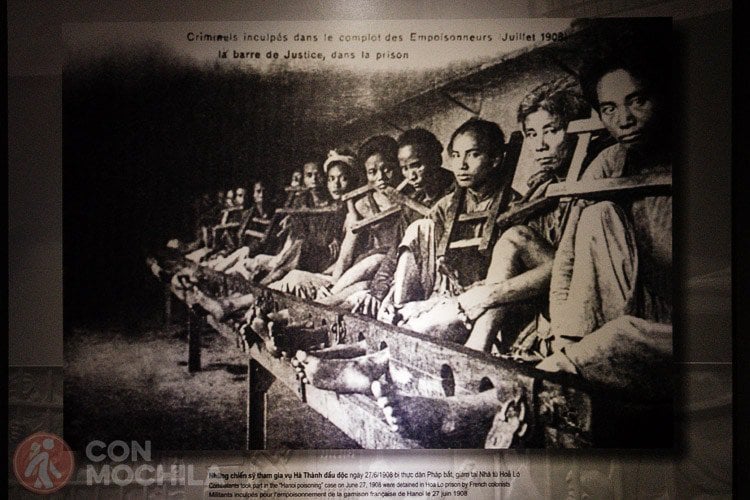
Ironically nicknamed the “Hanoi Hilton,” it is now a museum of horrors, where haunting photographs and even a guillotine recount its dark history.
The One Pillar Pagoda, one of the most iconic landmarks in Hanoi, is a tiny yet unique pagoda built atop a single pillar, accessible via a small staircase.
Despite its modest size, it remains an important place of prayer and devotion. According to legend, couples hoping to have many children should visit this pagoda and make an offering.

It is located between the Ho Chi Minh Mausoleum and Museum, and admission is free.
Vietnam’s history can largely be told through its wars, and this military museum, consisting of several buildings, does exactly that. In addition to photographs and war relics, the museum showcases an impressive collection of aircraft and helicopters, many of which are still in remarkably good condition.
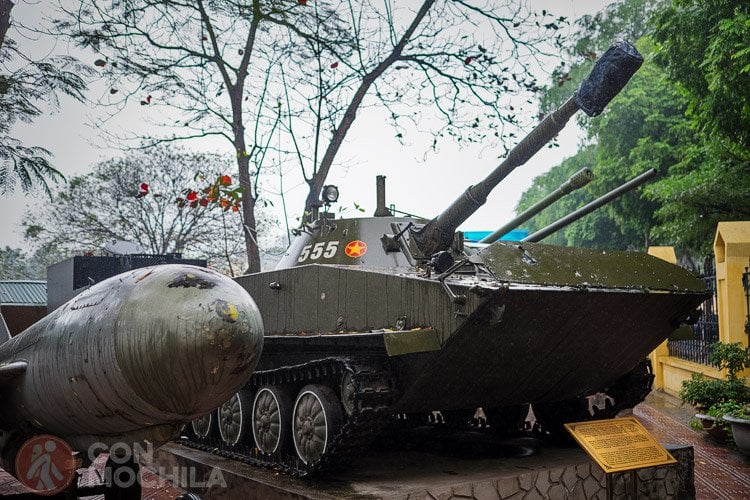
This moving museum is dedicated to Vietnamese women, highlighting both their role in traditional ethnic cultures and their active participation in the Vietnam War. The top floor hosts thematic exhibitions.
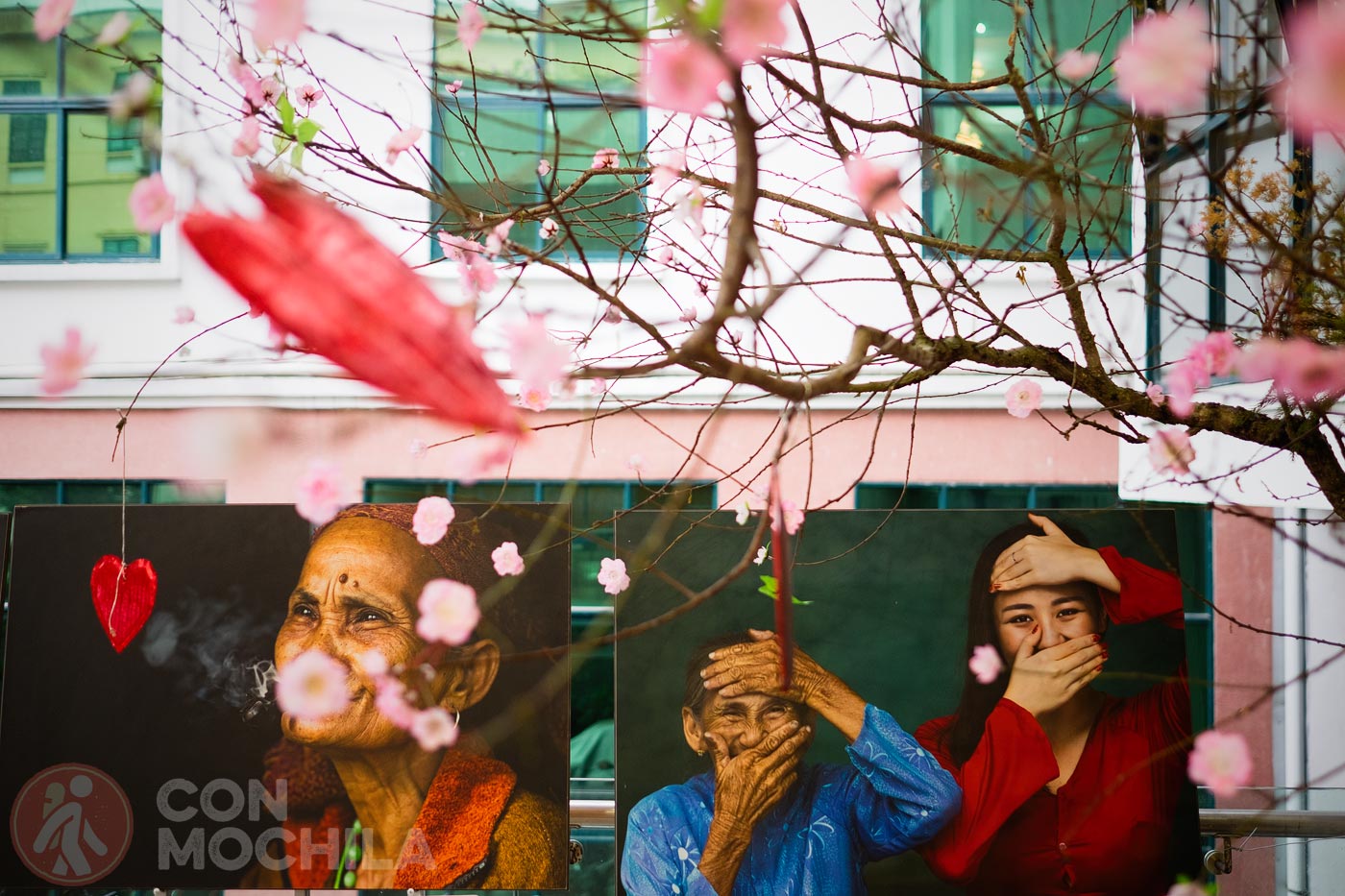
An educational and fascinating museum, the Vietnam Museum of Ethnology showcases the cultural heritage, customs, traditional clothing, and even full-scale houses from the various ethnic groups inhabiting Vietnam.
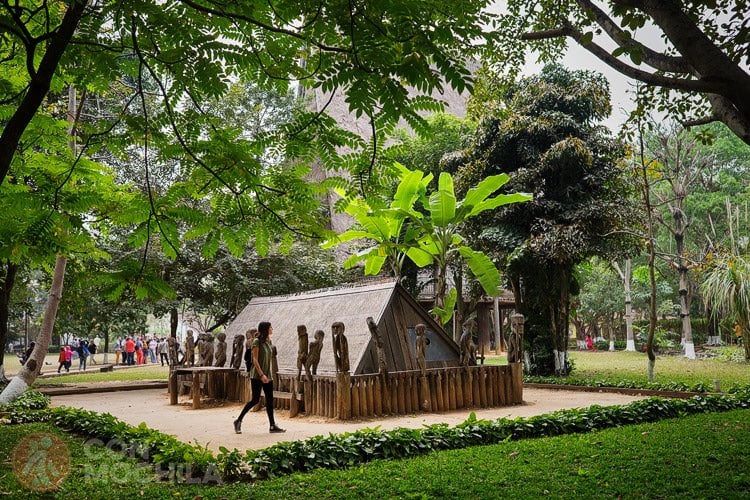
The Ho Chi Minh Mausoleum is a massive, gray structure that may not be visually striking but is heavily guarded at all times. It serves as the final resting place of Ho Chi Minh, whose embalmed body lies within.
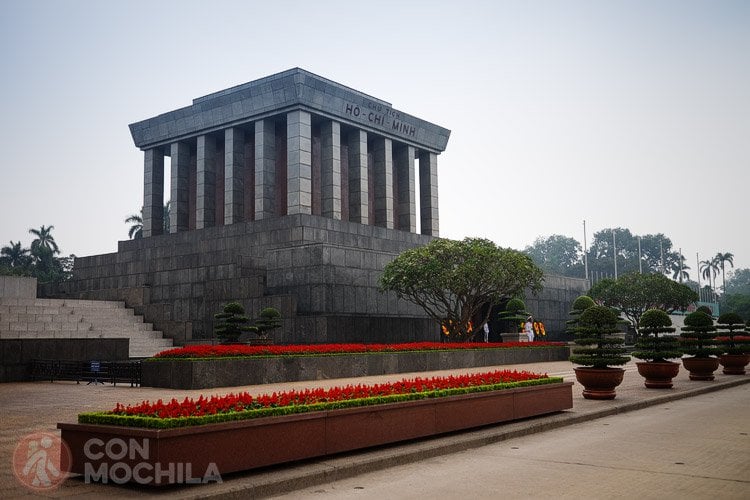
This enormous monument is located in Ba Dinh Square, precisely where Ho Chi Minh read the Declaration of Independence in 1945, following Japan’s surrender.
Very close to the mausoleum where the remains of the Vietnamese leader are kept, the Ho Chi Minh Museum is dedicated to his life and legacy. This two-story building provides an in-depth look at his life and work through photographs, letters, videos, and explanatory murals.
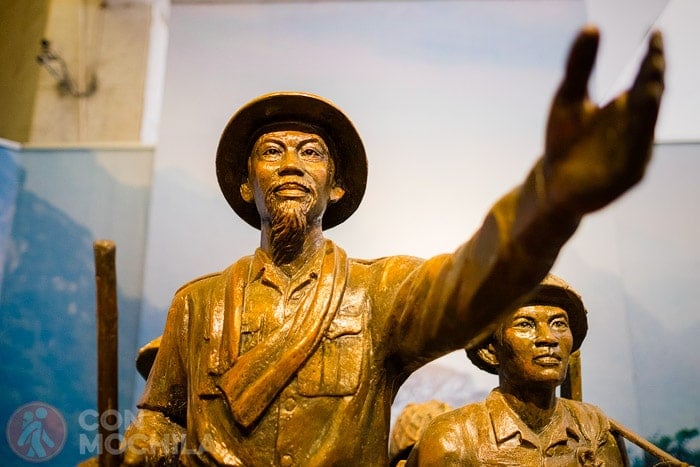
St. Joseph’s Cathedral, also known as “Little Notre Dame,” was built by the French in 1886 and serves as the seat of the Archdiocese of Hanoi.
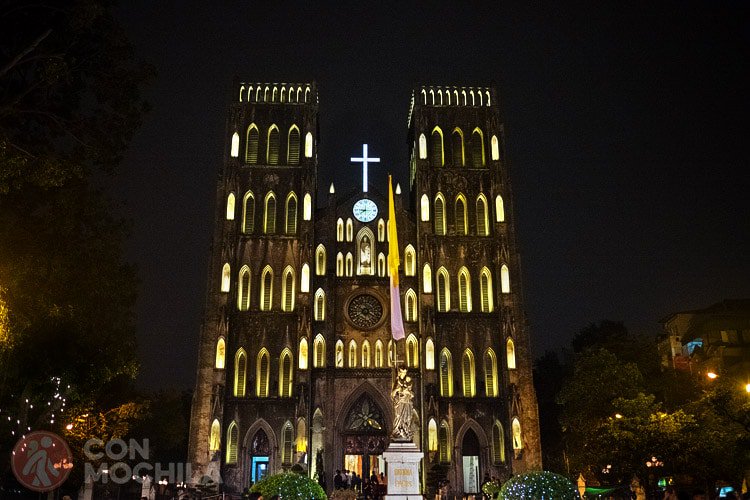
Its neo-Gothic architecture and imposing size make it stand out, especially given its location near Hoan Kiem Lake. If you stay nearby, you won’t miss the sound of its bells ringing at night.
Hanoi’s night market takes place in the Old Quarter on weekend evenings, near the Dong Xuan Market area.
Unlike typical tourist markets, most items sold here are not aimed at travelers, but you’ll find almost everything—from food, clothing, and phone accessories to speakers and even microphones.
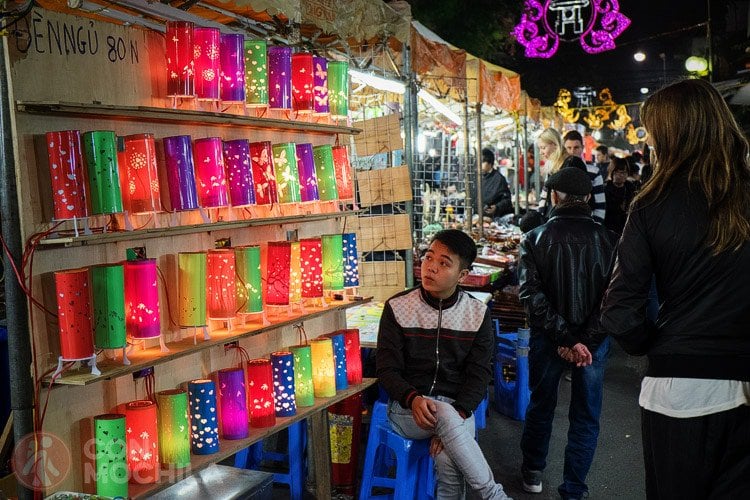
It’s worth taking a leisurely stroll through the area, finishing the walk at Hoan Kiem Lake, where the streets are closed to traffic and the city’s iconic buildings light up beautifully at night.
The secret is to seek out the hidden gems, the small, unassuming cafés that don’t stand out much but have tables and chairs spilling onto the sidewalk. That’s where you’ll find the best cà phê, served in a ceramic cup, not a plastic glass.
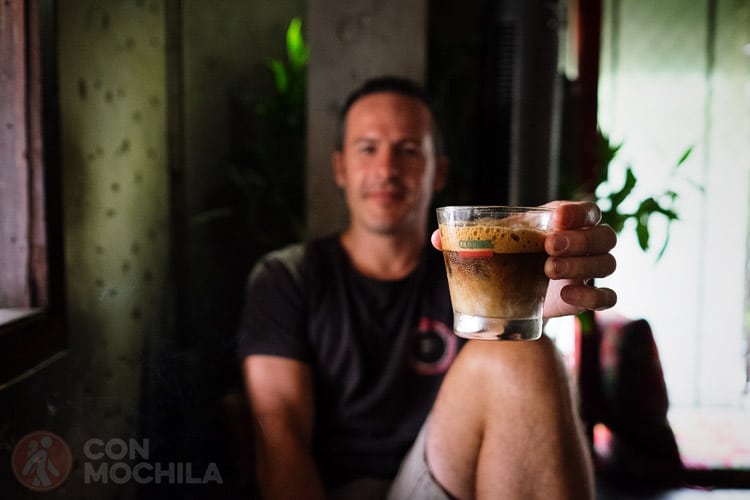
Because yes, you must try it—whether it’s the chocolatey aroma and sweet richness of cà phê sữa, or the refreshing taste of cà phê đá on a hot day.
We still dream about it, and it has become a “must” experience in Hanoi (and throughout Vietnam). Long live Vietnamese coffee!